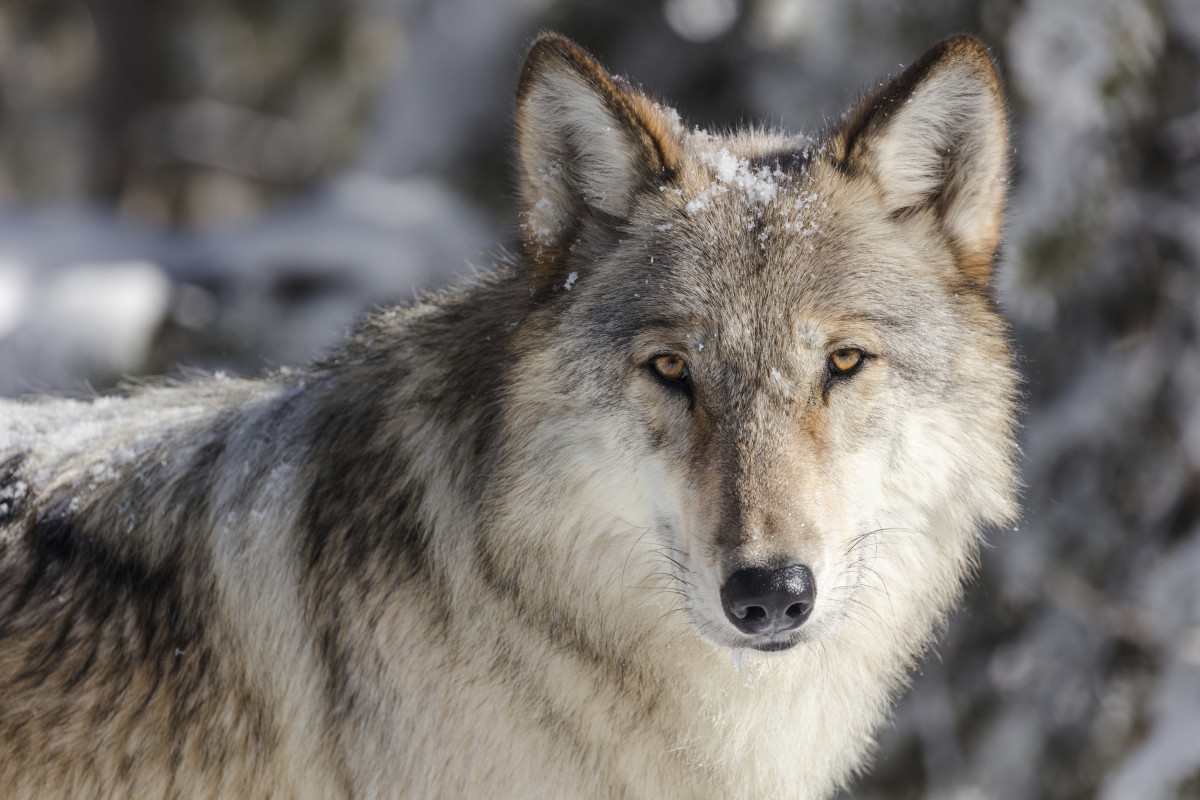No products in the cart.
Fitness Tips
Mutant Chernobyl Wolves Have Seemingly Developed Cancer Resistance

The Chernobyl nuclear disaster in 1986 led to a tragic loss of life and the abandoning of a town in northern Ukraine that was deemed too radioactive to live in. Pripyat, the site of the disaster in what was then the Soviet Union, remains radioactive to this day. And while humans aren’t allowed to live there, animals like wolves have been roaming free in the area for decades—and seemingly evolving and developing unique health characteristics as a result.
A team of researchers from Princeton University first began investigating the gray wolves in the Chernobyl exclusion zone (CEZ) back in 2014. As time went on, the scientists wondered if the wolves who have been living there in the decades since the disaster have evolved to resist the constant exposure to radiation.
“We knew that the wolves in Chernobyl have been there, at this point, for about seven or eight generations. So they’ve been exposed their entire lives to this novel pressure. And by understanding how natural selection has gone about molding organisms to still be able to survive and reproduce, by studying that process, it may lead us to new insights,” Shane Campbell-Staton explained to NPR of the effort.
“A pup that’s born in the Chernobyl exclusion zone, from day one, it’s being exposed to radiation from the environment, and that pup will live half a decade or more and, each day, be continually exposed to that radiation,” Campbell-Staton added. “They’re eating European bison that, you know, then ate grass and other vegetation that was infused with radiation. And we know that radiation causes lots of damage to the mammalian body.”
Surprisingly, however, they didn’t develop cancer; instead, the wolves’ blood showed “patterns that you would expect from a person with cancer,” he said. He explained that his team sequenced the genomes of the wolves in Chernobyl and compared them to other wolf populations nearby in Belarus as well as in Yellowstone National Park in the U.S. They found something interesting with the Chernobyl wolves.
“You look at the function of those genes, and they’re all related to some aspect of cancer biology. And most of those genes have some known function in immunity or in the anti-tumor immune response or in immune phenotypes,” he said.
Related: These Summer Environmental Risk Factors May Double Chances of a Heart Attack
More research needs to be done to confirm just what is going on with the wolves’ bodies, but the signs point to some possible answers in the search for cancer cures. “In this case, the most likely scenario is that within Chernobyl, there’s some degree of standing variation in these genes that affect the way that they interact with cancer formation or cancer proliferation or metastasis. And some of those mutations are better at dealing with those things than others,” Campbell-Station explained.
“In this particular environment, exposed to this novel pressure and extreme pressure, somehow we see that—the ability to deal with something biologically that maybe no other organism is able to deal with in the same way,” he concluded. “We don’t know enough yet to really understand, but it’s clear that something special is happening.”
Source link

